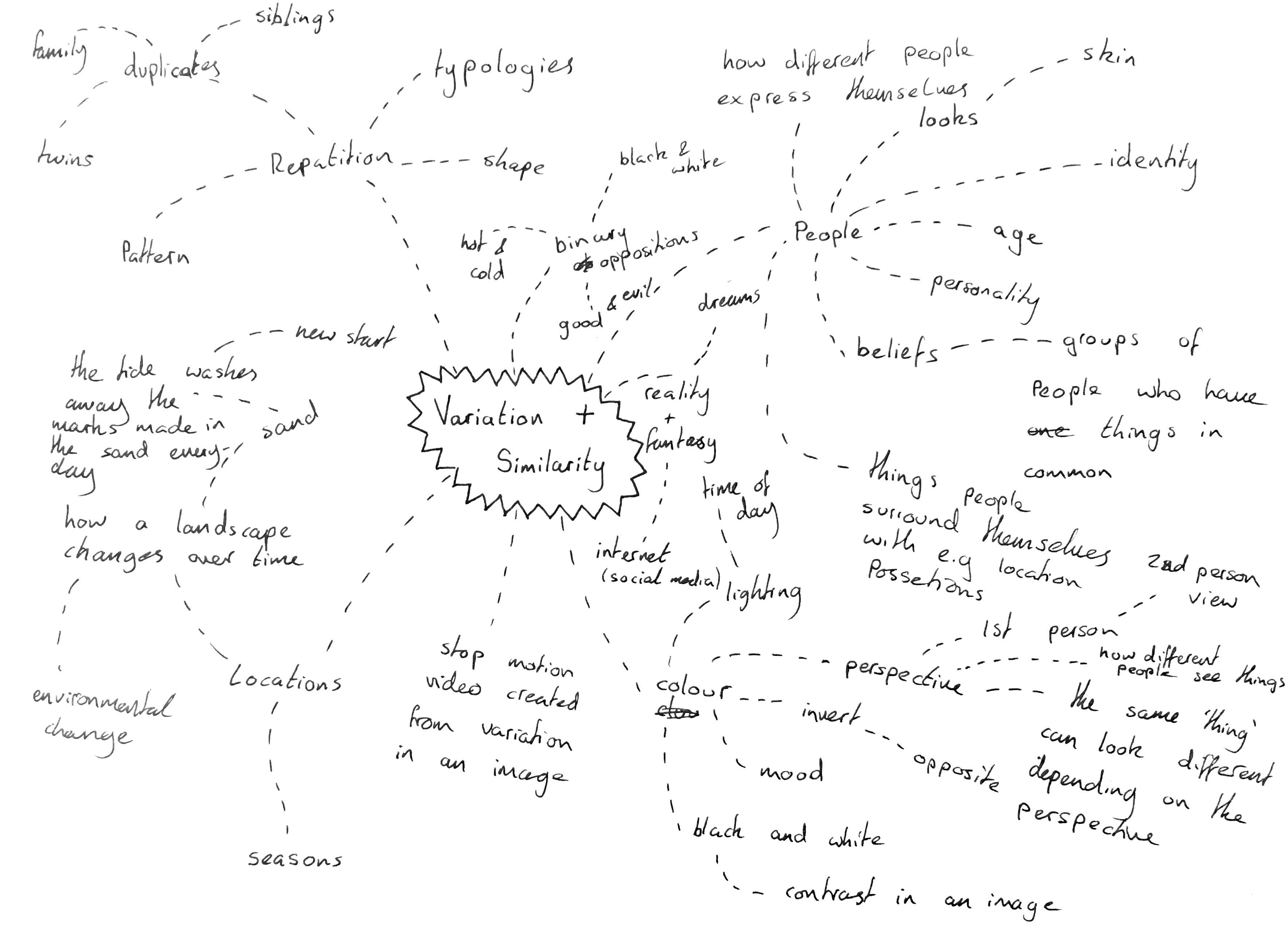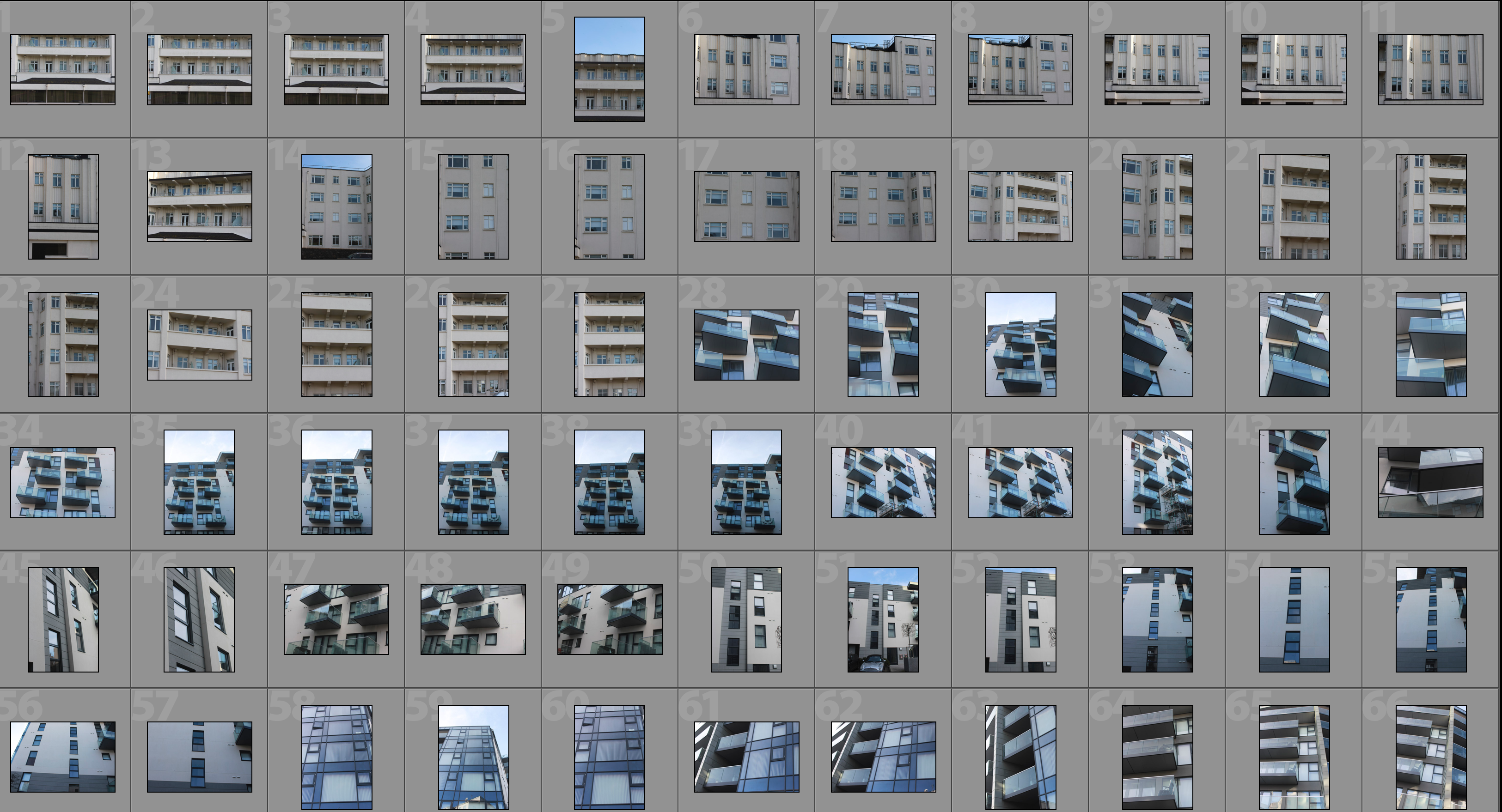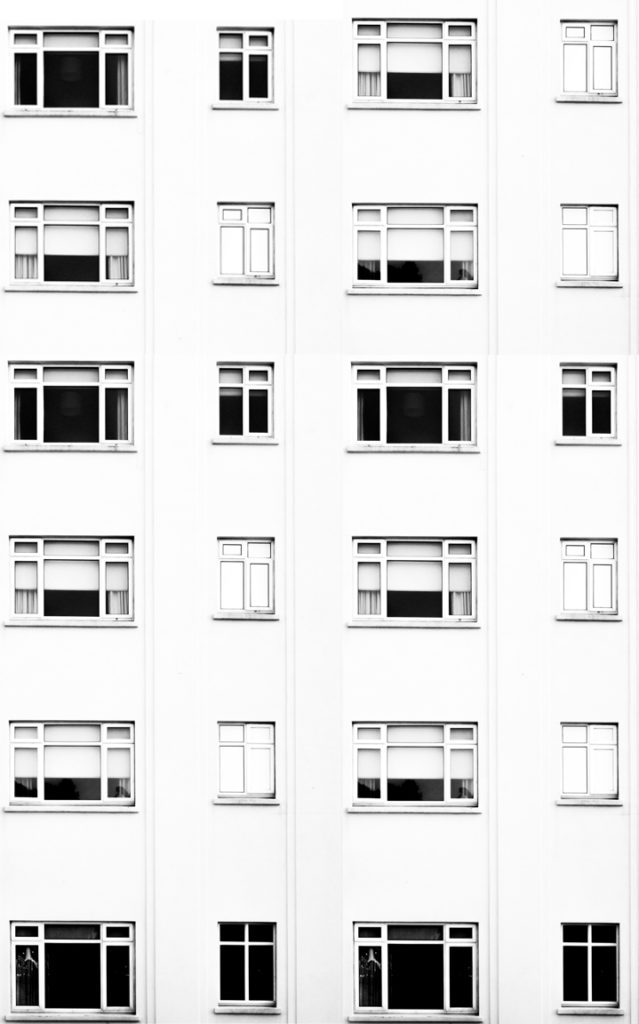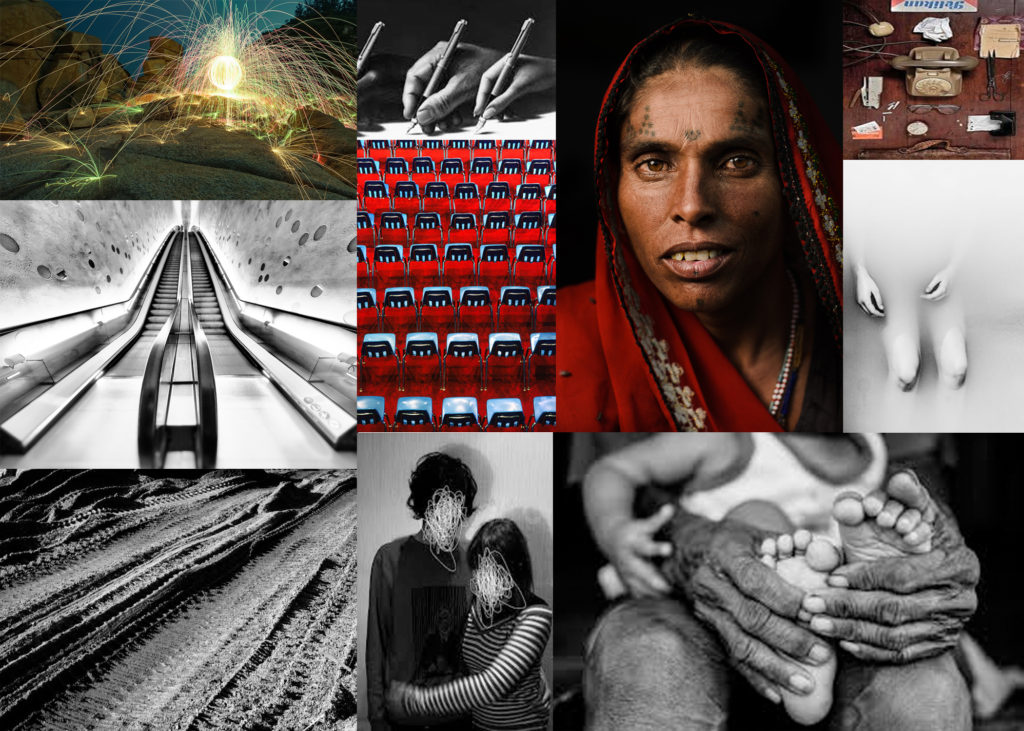Tommy Ingberg
Tommy Ingberg is a photographer and visual artist, born 1980 in Sweden. He works with photography and digital image editing, creating minimalistic and self-reflecting surreal photo montages dealing with human nature, feelings and thoughts. Ingberg leaves the interpretation of his work up to the viewer but says, “For me, surrealism is about trying to explain something abstract like a feeling or a thought, expressing the subconscious with a picture. For my work I use my own inner life, thoughts and feelings as seeds to my pictures. In that sense the work is very personal, almost like a visual diary. Despite this subjectiveness in the process I hope that the work can engage the viewer in her or his own terms. I want the viewers to produce their own questions and answers when looking at the pictures, my own interpretations are really irrelevant in this context.”
Ingberg mainly focuses on people and creating an atmosphere that relates to the them. He portrays the characters feelings through his landscapes, objects and the posture of the model. By using mainly dark, saddening and depressing moods it is clear to see the state of mind that the artist has experienced or is experiencing. The running theme throughout his pictures are that they are all in black and white which links to the ideas of similarity. However each image differs in the story it is set out to create using different props to do so. I chose to study Tommy Ingbergs work because not only does he create extraordinary surreal illusions but the deep meanings and stories which are told through his pictures really influenced me. Also, there is a clear link to our exam title with his ability to keep a similar theme through his works whilst them
The Photographers Photos
Photo Analysis

The construction of this image has been made to appeal to the audience when viewing it. By using a minimalist approach and centering the character it allows the audience a pleasant viewing experience allowing them to embrace the story being created. It is clear that montage and manipulation techniques have been used to construct this image resulting in a very surreal and interesting composite. It would appear that natural lighting has been used when capturing the elements of this image giving a very natural look. This helps the overall piece feel more realistic as it is clearly not real. There is a large use of tonal range from the very bright tones within the balloons and also dark tones in the sky and rock. There is a large depth of field within this image which allows us to dive deep into the image. The main subject is very sharp, in focus and so is the sky in the background. There is no color within this image as Ingberg has opted for the black and white scheme which I believe helps to convey the feelings and thoughts of the person. Having the image de-saturated like this also helps to bring out more detail in elements of the photograph such as the sky where we can really see the formation of clouds.
I like this photo due to the emotion and story it creates and tells us. The photo clearly tells us that a person wants to escape the place in which they live in however there is something stopping them. The lighting helps to create this sense of imprisonment. The dark clouds are in front of the man as if he is heading into a darker place and putting himself into a bad situation and the bright clouds which suggest goodness are behind him indicating he is drifting away from what’s good in his life. This photo uses the technique of leading lines within the rope leading us up the body to the balloons which is trying to pull the man away from his life on earth. This photo is in black and white which I think helps to add to the dark and depressing atmosphere.
When interviewed about his work Ingberg described his art as “photography and digital image editing, creating minimalistic and self-reflecting surreal photo montages dealing with human nature, feelings and thoughts.” This statement is clearly justified through this image reflecting the struggles that a person is having and theior negative thoughts reflected through all the elements of the image. For example the balloons coming out of the mans head acts as a metaphor for the confused state of mind the person is in. To achieve such amazing art Ingberg says “I proceed by shooting the photographs I need, preferably in studio with controlled lighting. I then put it together in Photoshop.”








.jpg)


















